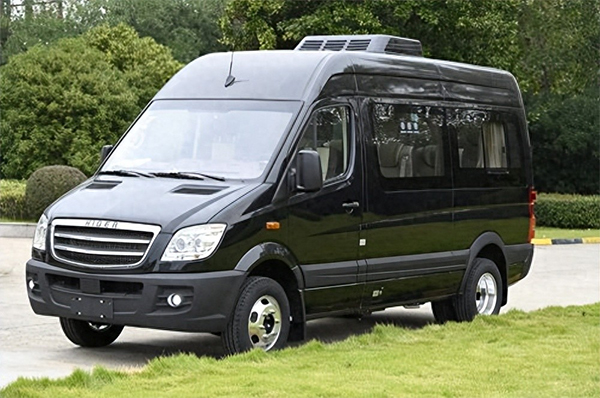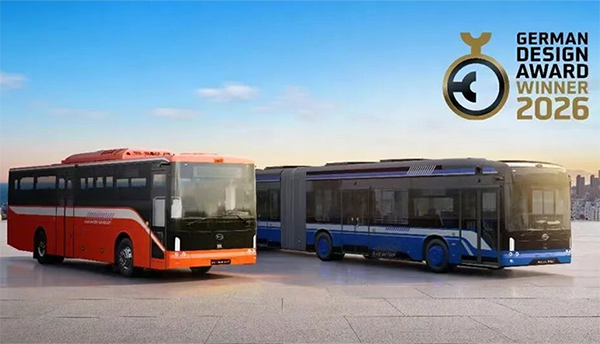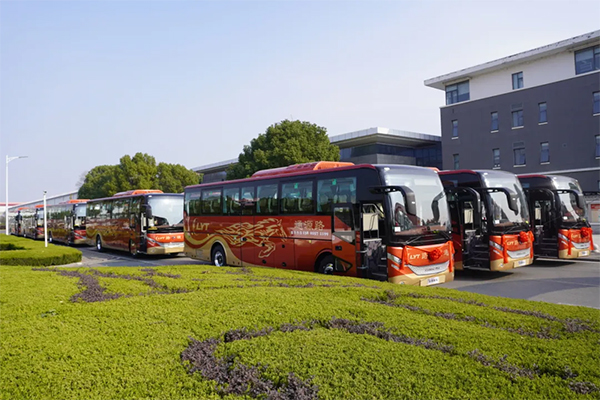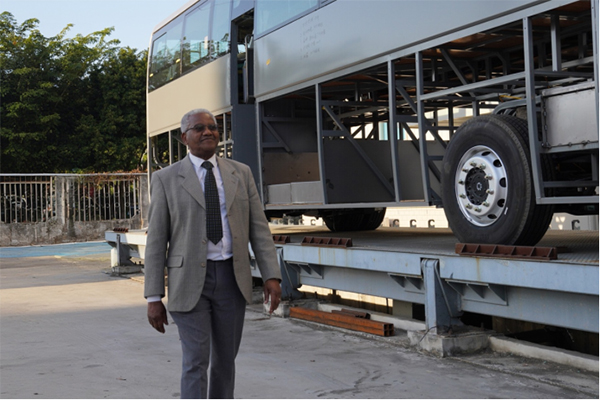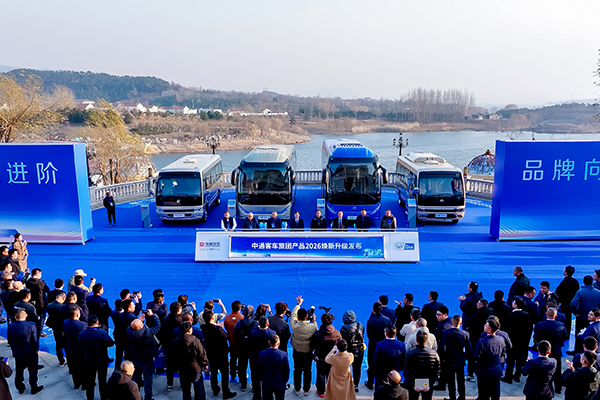IAA Commercial Vehicles Starts with a Glittering Display of Innovations
26 September 2008
Focus on more environmental protection and more safety

“The 62nd IAA Commercial Vehicles has got off to a glittering start and is setting new records: more exhibitors, more world premieres, and more exhibition space than ever before. The IAA is thus once again emphasizing its role as the world’s most important trade fair for transport and mobility. It is also the most attractive and largest showcase for the innovative capabilities of this key industry,” stressed Matthias Wissmann, President of the German Association of the Automotive Industry (VDA), speaking to 300 high-ranking guests from the worlds of politics and business at the opening event of the IAA in Hanover on Thursday.
The number of exhibitors has risen by one third to 2,084, and the amount of exhibition space has gone up by ten per cent compared to the IAA 2006. The trade fair (from 25 September to 2 October 2008) opens with a glittering display of 258 world premieres, showing what potential there is for greater transport efficiency, more environmental protection and more safety in the commercial vehicle industry. The number of international exhibitors has climbed by over 50 percent to 1,188. The show’s international character is also emphasized by the country-based events on India, Russia and Turkey – three major commercial vehicle markets with considerable potential.
“The central focus of this IAA is on the efforts promoting sustainability in transport and thus also promoting climate protection. A lot has already been achieved,” said Wissmann. For example, the CO2 emissions per tonne-kilometer from road freight traffic in Germany have come down by over one third since 1991. “We are not stopping there, but regard a further reduction of 20 percent by the year 2020 as realistic,” Wissmann stated. In any case, with a CO2 output of just over 30 grams per person-kilometer, coaches are the most climate-friendly means of passenger transport.
The potential for technological innovation on the part of the manufacturers and suppliers has not yet been exhausted, the VDA president emphasized. The applies to the continuing development of the clean diesel, lightweight vehicle construction, reducing rolling resistance and improving aerodynamics, just as it does to progress in hybrids, CNG and fuel cell propulsion in commercial vehicles. Wissmann pointed out that since 1990 the emissions of “classical” pollutants from commercial vehicles have also been brought down by up to 95 per cent. The future Euro 6 exhaust standard will reduce emissions of nitrogen oxides by a whole 97 per cent.
“Trucks remain the main pillar of freight traffic, vans are essential for local deliveries in urban areas, and without buses public transport would be impossible. Precisely because commercial vehicles are so important to the economy and society, they also have a huge responsibility for sustainable forms of transportation. This IAA shows the path our technology is taking,” Wissmann underscored, adding that it was, however, necessary to have an integrated approach encompassing vehicles, drivers, fuels, operation and infrastructure on equal terms to bring about a further increase in sustainable mobility.
And when it comes to improving traffic safety, more successes will only be possible with all players interacting. “The vehicle manufacturers and suppliers have done their homework here, as shown by the wide range of active safety systems for avoiding accidents that are here at the IAA,” Wissmann said. Potential exists. For example, just having ESP in all vehicles would reduce the number of serious truck accidents by around ten per cent.
Wissmann pointed out that the transport business was coming under additional cost pressure not only from the high fuel prices but also through politically motivated cost increases, such as new social regulations. “In a situation like this the politicians should treat trucks, the locomotives of our economy, with special care.”
It was “a cause for concern” that another wave of inflation was already looming on the horizon, which was being discussed in Brussels as “external costs,” Wissmann said. “We already have a successful mix of tools from innovative technology, incentives, limit values and improvements to the infrastructure, which we should not damage unnecessarily by continuing to apply pressure through extra costs,” the VDA president stressed. He spoke in favor of cooperation and for networking the modes of transport: “There is enough transport capacity for everyone. We all know that it will not work without the roads, but that it won’t work either with the roads on their own. We can only make it a success if we work together.”
Wissmann called for greater investment in the traffic infrastructure: “If vehicles are stuck in congestion more often owing to insufficiencies of the infrastructure, it damages our business location, consumes fuel unnecessarily and leads to greater CO2 emissions.” Reducing congestion by expanding the infrastructure was therefore also a very important pillar of environmental policy for transport. However, so far the introduction of the truck toll had not led to the hoped for increase in investment in trunk roads. Here politicians should find solutions ensuring that the toll revenues would be earmarked for investment in the infrastructure.
Source : english.chinabuses.com
Editor : Ida
Views:5209
Tags: IAA Vehicles Innovations



